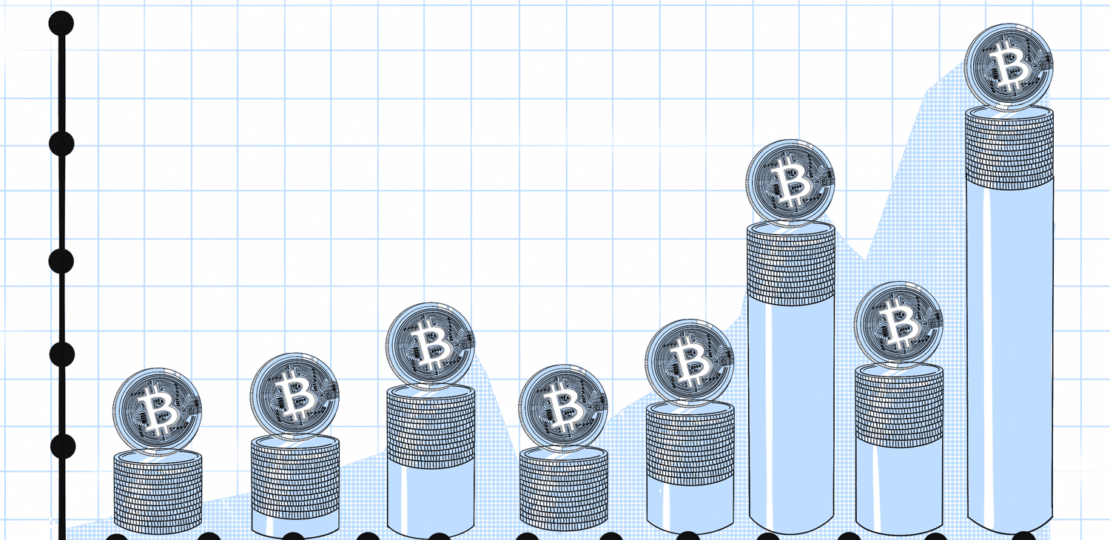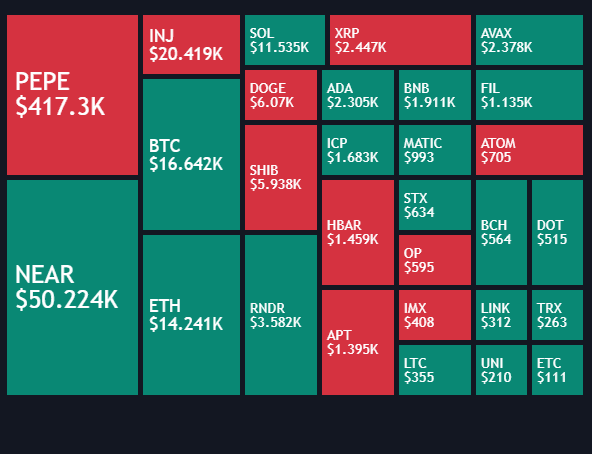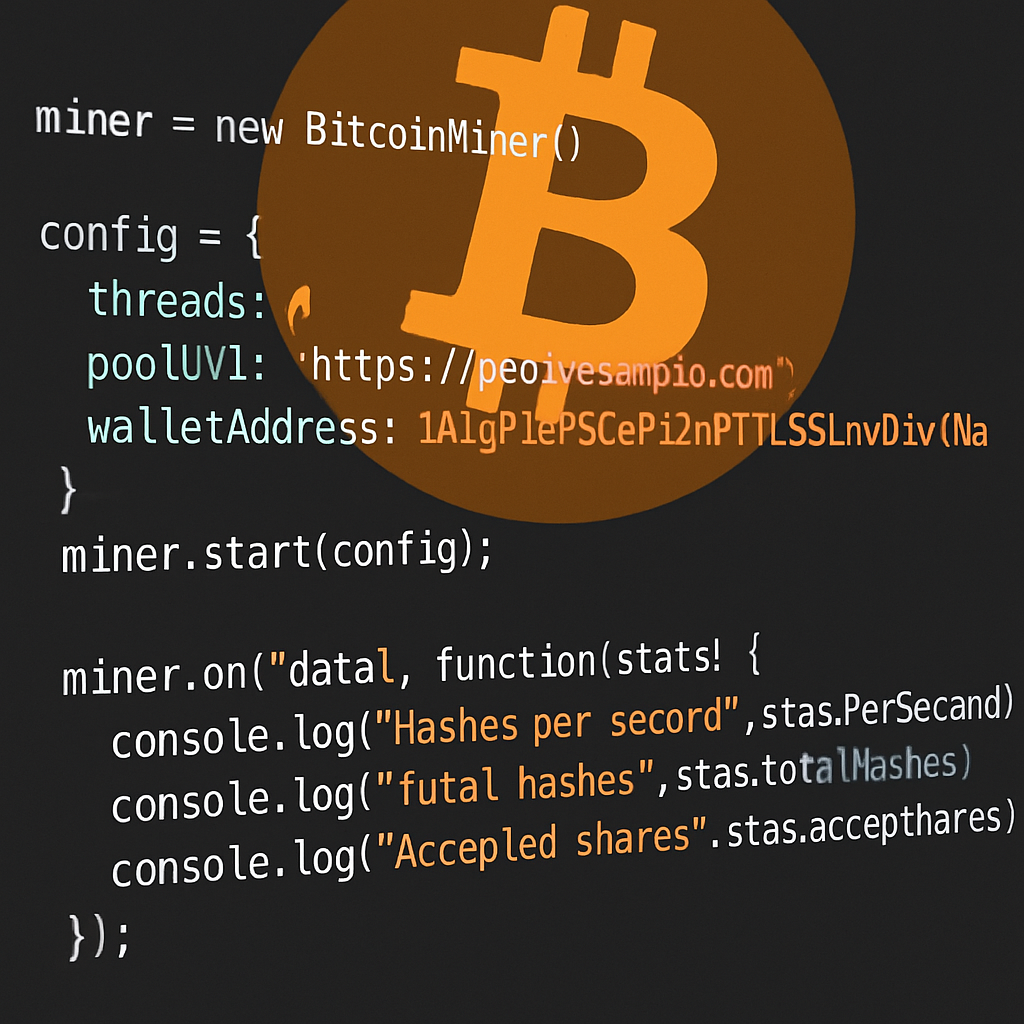
Bitcoin is going up due to a confluence of factors, including increased institutional adoption, growing mainstream acceptance, favorable regulatory developments, and its inherent characteristics as a decentralized and scarce digital asset. It’s a question on many minds, from seasoned investors to curious newcomers: why is Bitcoin, the world’s leading cryptocurrency, experiencing such significant price surges? The answer isn’t a single, simple explanation, but rather a fascinating interplay of economic, technological, and psychological forces.
The Power of Institutional Adoption
One of the most significant drivers behind Bitcoin’s recent ascent is the increasing involvement of institutional players. In the past, Bitcoin was largely seen as a retail phenomenon, but now, major financial institutions, corporations, and even some governments are recognizing its potential. This shift is evident in several ways:
•Spot Bitcoin ETFs: The approval of spot Bitcoin Exchange-Traded Funds (ETFs) in various regions has been a game-changer. These ETFs allow traditional investors to gain exposure to Bitcoin’s price movements without directly owning the cryptocurrency, making it more accessible and appealing to a broader audience. The influx of capital from these investment vehicles has provided substantial buying pressure.
•Corporate Treasury Holdings: A growing number of publicly traded companies are adding Bitcoin to their balance sheets as a treasury reserve asset. This move signals confidence in Bitcoin’s long-term value and its potential as a hedge against inflation and currency debasement.
•Increased Investment from Hedge Funds and Asset Managers: Sophisticated investors are increasingly allocating portions of their portfolios to Bitcoin, viewing it as a legitimate asset class with unique diversification benefits.
Mainstream Acceptance and Utility
Beyond institutional interest, Bitcoin’s journey towards mainstream acceptance continues to accelerate. More businesses are beginning to accept Bitcoin as a form of payment, and payment processors are making it easier for consumers to use cryptocurrencies in everyday transactions. This expanding utility, while still in its early stages, contributes to its perceived value and demand.
Regulatory Clarity and Favorable Developments
While regulatory uncertainty has historically been a concern for the crypto market, there’s a growing trend towards clearer and more favorable regulatory frameworks in many jurisdictions. As governments and financial bodies develop more defined guidelines for cryptocurrencies, it reduces risk for investors and encourages further adoption. This clarity provides a sense of legitimacy and stability, attracting more cautious investors into the market.
Bitcoin’s Inherent Scarcity and Halving Events
At its core, Bitcoin is designed to be a scarce asset. There will only ever be 21 million Bitcoins mined, making it a deflationary currency. This fixed supply, coupled with increasing demand, naturally drives up its value over time. Furthermore, Bitcoin undergoes
a process called ‘halving’ approximately every four years, which cuts the reward for mining new blocks in half. This further reduces the supply of new Bitcoins entering the market, historically leading to significant price appreciation in the periods following a halving event.
Macroeconomic Factors and Global Uncertainty
In times of economic uncertainty, inflation concerns, or geopolitical instability, investors often seek safe-haven assets or alternatives to traditional fiat currencies. Bitcoin, with its decentralized nature and limited supply, is increasingly being viewed as a digital gold – a store of value that can act as a hedge against these macroeconomic pressures. When central banks engage in quantitative easing or governments print more money, the purchasing power of traditional currencies can erode, making scarce assets like Bitcoin more attractive.
Technological Advancements and Ecosystem Growth
The Bitcoin ecosystem is constantly evolving. Improvements in scalability solutions (like the Lightning Network), enhanced security measures, and the development of new applications built on top of the Bitcoin blockchain contribute to its overall robustness and utility. As the technology matures and becomes more user-friendly, it attracts a wider range of participants, further fueling demand.
The Network Effect and Speculation
Like many technologies, Bitcoin benefits from a powerful network effect. As more people and institutions use and hold Bitcoin, its value and utility increase, which in turn attracts even more users. This creates a positive feedback loop. Additionally, the speculative nature of the crypto market plays a role. As prices rise, it can attract more speculative buying, further pushing up the price in the short term. While speculation can lead to volatility, it also contributes to overall market liquidity and awareness.
In summary, Bitcoin’s upward trajectory is a complex interplay of fundamental strengths, growing adoption, and broader market dynamics. It’s a testament to its evolving role in the global financial landscape, moving from a niche digital experiment to a recognized, albeit volatile, asset class. Understanding these drivers can provide a clearer picture of why the digital currency continues to capture the world’s attention.

FAQs
Q: What is a Bitcoin Halving? A: A Bitcoin halving is a pre-programmed event that occurs approximately every four years, reducing the reward for mining new Bitcoin blocks by half. This decreases the rate at which new Bitcoins are introduced into circulation, contributing to its scarcity.
Q: Is Bitcoin a safe investment? A: Bitcoin is a volatile asset, and its price can fluctuate significantly. While it offers potential for high returns, it also carries substantial risks. It’s crucial to conduct thorough research and understand the risks before investing.
Q: How do institutional investors impact Bitcoin’s price? A: When large institutions invest in Bitcoin, they bring significant capital and legitimacy to the market. Their investments can create substantial buying pressure, driving up demand and price.
Q: What are Bitcoin ETFs? A: Bitcoin Exchange-Traded Funds (ETFs) are investment vehicles that allow investors to gain exposure to Bitcoin’s price movements through traditional stock exchanges, without directly owning the cryptocurrency. This makes Bitcoin more accessible to a broader range of investors.
Q: Will Bitcoin continue to go up? A: Predicting future price movements of any asset, including Bitcoin, is impossible. While many factors suggest continued growth, the market is subject to various influences, and prices can go down as well as up.
Disclaimer: Not Financial Advice
RELATED POSTS
View all


